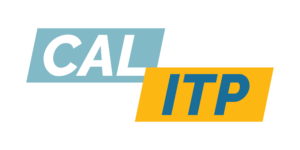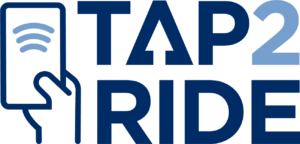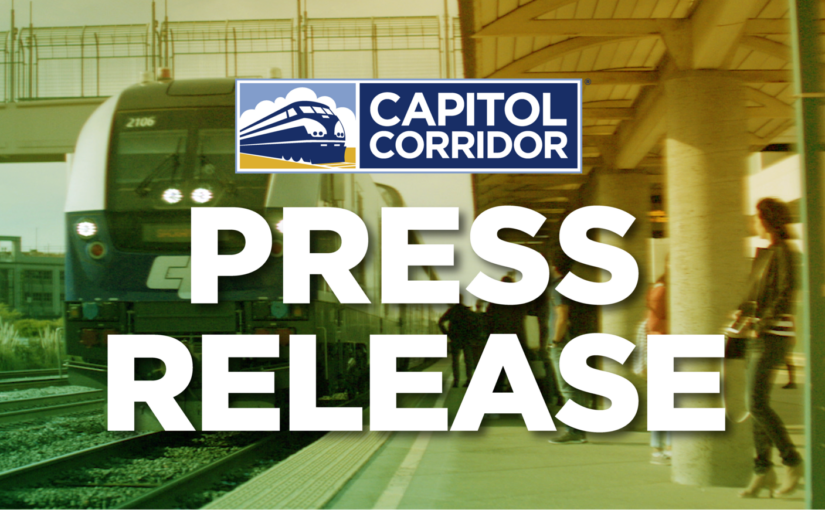
 Northern California’s Sacramento to San Francisco Bay Area intercity passenger rail line is first in the U.S. to let customers tap a bank card to pay on-board
Northern California’s Sacramento to San Francisco Bay Area intercity passenger rail line is first in the U.S. to let customers tap a bank card to pay on-board
OAKLAND, CA, JANUARY 27, 2023 — With its new pilot program, Tap2Ride, the Capitol Corridor Joint Powers Authority (CCJPA) is bringing the familiar convenience of retail payments to train passengers by allowing riders to “tap” their contactless debit or credit card to pay for train fares, just like they do for groceries and other everyday purchases.
Upon launch, Capitol Corridor will be the first Amtrak-operated intercity passenger rail line in the United States to accept riders’ contactless bank cards for fare payment aboard trains.
“We’re excited to bring our customers the ease and convenience of using their bank cards to tap to pay for train travel along our beautiful 18-stop route in Northern California,” said Rob Padgette, Managing Director of the Capitol Corridor rail service that connects the Sacramento capital region to the San Francisco Bay Area. “This modern approach to fare payment is in line with the free wi-fi, free full-length movies, spacious seating, bike storage, and other amenities we offer on our trains so that it’s both easy and fun to leave the car at home and choose to ride our service for work and leisure.”

Capitol Corridor is now recruiting pilot participants and is seeking volunteers who represent a wide range of train travel destinations. The fast and easy sign-up form is at capitolcorridor.org/tap2ride, and more pilot information is available in these FAQs.
The Tap2Ride pilot was presented, discussed, and approved at the April 20, 2022, CCJPA Board meeting; view the agenda and video. To launch this pilot, CCJPA tapped Caltrans’ California Integrated Travel Project (Cal-ITP), an initiative—of which CCJPA is the fiscal sponsor—that makes riding by rail and bus in California simpler and more cost-effective, in part by providing free technical assistance to public transportation providers that want to modernize their fare collection systems.
“At Cal-ITP, we want to make it easy for riders to choose public transportation and use the bank card that’s hopefully already in their wallet to pay as they go,” said Gillian Gillett, who leads Cal- ITP, which recently published a case study on how transit agencies can help put debit cards and financial accounts into the hands of unbanked transit customers. “My team is pleased to support Capitol Corridor as they work toward providing passengers with a seamless and interoperable payment experience that’s been proven to increase rail ridership across the globe.”
Capitol Corridor needed an interoperable fare payment method because it runs between two major regions of Northern California that use two different closed-loop transit cards: Clipper in the Bay Area, and Connect Card in Sacramento. Neither Clipper nor Connect Card could be integrated with Amtrak’s federal and state ticketing requirements, and connecting transit agencies on the Sacramento end of the line are looking into accepting contactless debit/credit cards alongside their other fare payment methods.
To bring a more convenient form of fare payment to Capitol Corridor customers, CCJPA elected to pilot accepting contactless open-loop bank cards, the global standard for paying for goods and services. Beginning with registered pilot participants, Capitol Corridor customers will be able to pay for a transit ride the same way they do for other everyday purchases—without stopping to download transit agency-specific apps, juggle exact change, or buy or reload multiple regional farecards.
Pilot participants will also be able to take advantage of distance-based “fare capping”: Tapped fares are automatically calculated based on distance traveled, and they are “capped” at a weekly maximum when a rider taps the same bank card each time they travel between their home station and most frequent destination station on Capitol Corridor. This more equitable method of fare payment allows customers to pay as they go (instead of paying the full price of a pass upfront) and only for the number of train rides they take and the distance they actually travel. Riders can also monitor their fare spending via a convenient web portal.
Passengers who do not have a contactless Visa or Mastercard debit or credit card can order a free contactless-enabled debit card, such as the Cash App Card or Venmo Debit Card.
For the pilot program, CCJPA will be testing trips only on Capitol Corridor trains. CCJPA will not be including bus connections, though CCJPA will be evaluating and evolving the program over the coming months and hopes to offer bus connections in the near future.
###
About the Capitol Corridor
Managed by the Capitol Corridor Joint Powers Authority (CCJPA), the Capitol Corridor is an intercity rail service connecting the most economically vibrant urban centers in Northern California—from Auburn/Sacramento to Silicon Valley, and including San Francisco, Oakland, and Berkeley. With free wi-fi on board, Capitol Corridor trains provide a convenient, reliable, and comfortable alternative to the congested I-80, I-680, and I-880 freeways for more than 1.8 million work and leisure travelers every year (prior to the COVID-19 pandemic).
Contact:
Priscilla Kalugdan
(510) 464-6992
About Cal-ITP
The California Integrated Travel Project (Cal-ITP) was established by the California State Transportation Agency (CalSTA) and California Department of Transportation (Caltrans) to both improve and encourage the use of multimodal travel throughout California—by enabling contactless open-loop payments (with debit and credit cards), standardizing information for easy multimodal trip planning, and automating customer discounts (Cal-ITP Benefits). Prior to launching Cal-ITP Benefits, the Cal-ITP team successfully led contactless open-loop payment demonstrations with Monterey-Salinas Transit (MST) as well as public transit agencies in Sacramento and Santa Barbara County. Learn more at calitp.org and on @California_ITP on Twitter, or by subscribing to the Caltrans Mobility Newsletter. And visit Cal-ITP’s CAMobilityMarketplace.org for a catalog of code-compliant products and services for public mobility providers, including contactless payment acceptance hardware and software and discounted cellular data plans.
Contact:
Erika Ehmsen
(916) 378-1312

